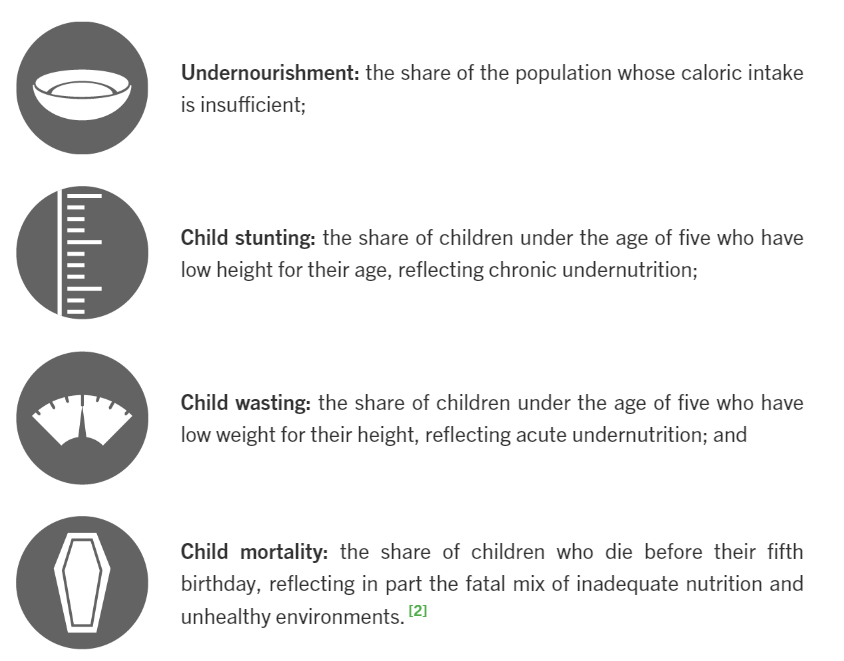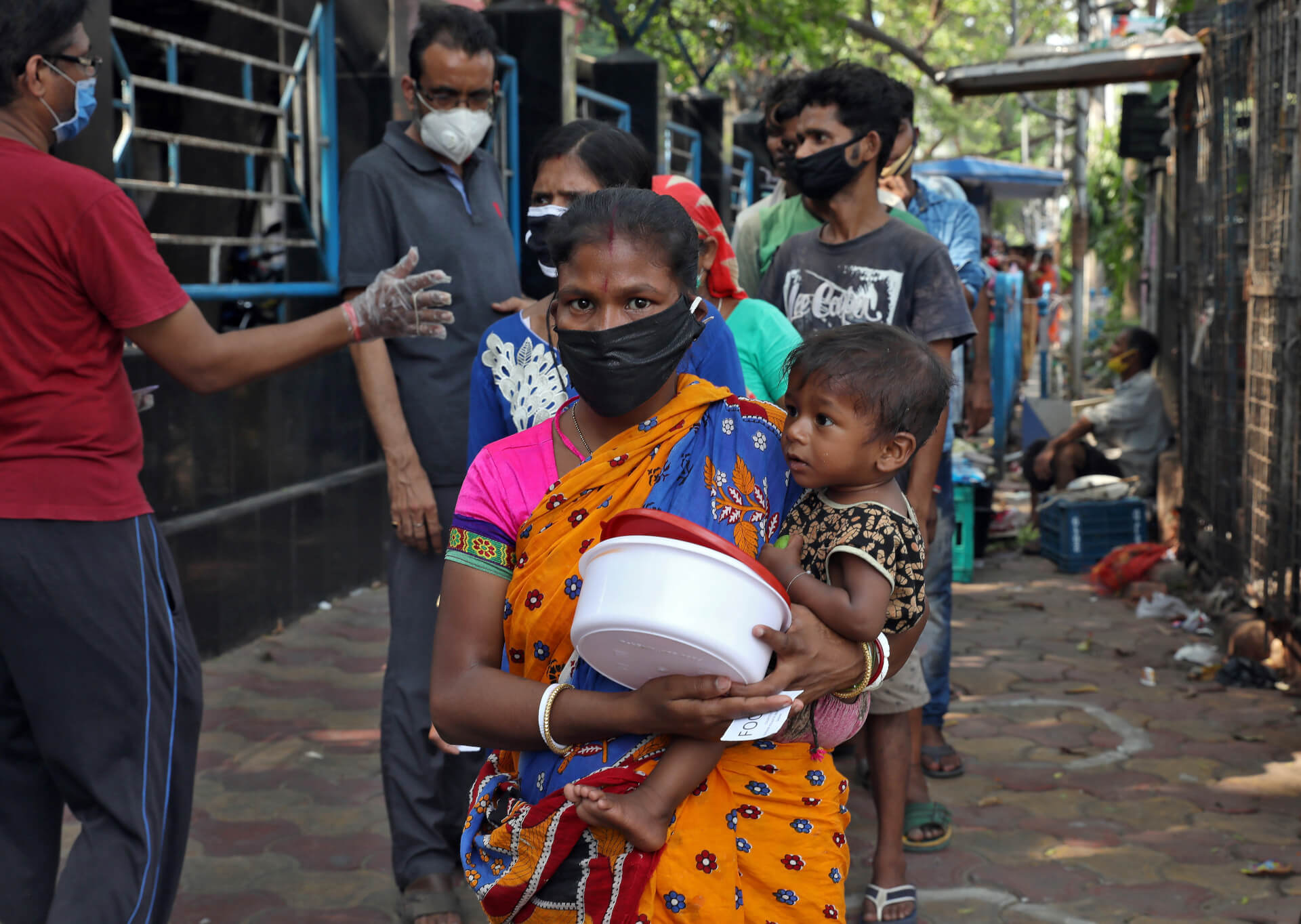India has ranked 111 out of 125 countries in the Global Hunger Index (GHI) 2023, published by Concern Worldwide and Welthungerhilfe, NGOs from Ireland and Germany, respectively.
However, the Indian government has questioned the report’s methodology, saying that the report shows “malafide intent.”
India’s Score
The GHI report uses four indicators: Undernourishment, Child Stunting, Child Wasting, and Child Mortality.
According to the GHI Severity of Hunger Scale, India’s GHI score is 28.7, which is considered ‘serious.’
The report has ranked India lower than its neighbours Pakistan (102nd), Bangladesh (81st), Nepal (69th), and Sri Lanka (60th).
India’s child wasting rate, at 18.7%, is the highest of any country in the report.
Meanwhile, the country’s child stunting rate, at 35.5%, is the 15th-highest in the report.
Its undernourishment prevalence is 16.6%, and its under-five mortality rate is 3.1%.
The report also said that the prevalence of anaemia in Indian women aged between 15 and 24 years stood at 58.1%.
Government Rejects Report
Responding to the latest report, the Indian government said, “The Global Hunger Index continues to be a flawed measure of ‘Hunger’ and does not reflect India’s true position.”
The government also questioned the childhood wasting figures used by the index, saying that according to the government’s ‘Poshan Tracker,’ 7.3% of children were ‘wasted’ instead of GHI’s figure of 18.7%.
GHI has used the values reported in the Joint Malnutrition Estimates (JME) released by UNICEF, WHO and the World Bank (2023 edition).
Nevertheless, the Indian government called the index “an erroneous measure of hunger,” suffering from serious methodological issues.
It mentioned, “Three out of the four indicators used for calculation of the index are related to the health of children and cannot be representative of the entire population.”
The government also questioned the fourth indicator, ‘Proportion of Undernourished (PoU) population,’ based on an opinion poll conducted on a very small sample size of 3,000.
The government further said that indicators of Stunting and Wasting are outcomes of complex interactions of various other factors like sanitation, genetics, environment and utilisation of food intake, apart from hunger, which is taken as the causative/outcome factor for stunting and wasting in the GHI.
It mentioned that there is hardly any evidence that the fourth indicator, namely, Child Mortality, is an outcome of hunger.
#India ranks 111 out of a total of 125 countries in the Global Hunger Index (#GHI) 2023 with its progress against hunger nearly halted since 2015 reflecting a global trend. @jagritichandrahttps://t.co/BoUlQvBqqH
— The Hindu (@the_hindu) October 12, 2023
The GHI Report
GHI is a tool designed to measure and track hunger and to raise awareness against hunger.
Belarus, Bosnia & Herzegovina, Chile, China, and Croatia are the top five countries in the latest index.
The report says that hunger is the highest in South Asia and Africa, South of the Sahara, with the two regions having a GHI score of 27.0, indicating serious hunger.
As per the report, the progress on hunger has been stalled post-2015 due to the combined effects of overlapping crises, including the COVID-19 pandemic, the Russia-Ukraine War, economic stagnation, the impacts of climate change, and the intractable conflicts facing many countries of the world.
As per the report, the countries at the highest level of concern for 2023 are Afghanistan, Haiti, Nigeria, Somalia, South Sudan, Sudan, and Yemen, as well as Burkina Faso and Mali.

